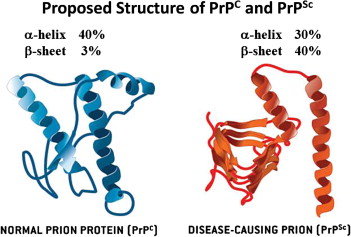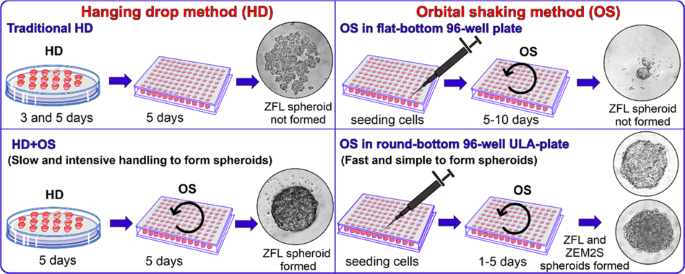3D cell culture as a suitable research platform for multiple sclerosis (MS)
Among the neurodegenerative diseases, MS is the most common chronic disease prevalent among the young adult population with an early onset at 20-40 years of age, with a high occurrence among women (1). MS is characterized by focal plaques with
Modeling Prion diseases in a dish
Neurodegenerative diseases are primarily characterized by the formation and aggregation of misfolded protein in the central nervous system. Prion diseases; a group of rare and fatal brain disease is caused by misfolding of cellular prion aggregates called scrapie prion proteins
ALZHEIMER’S BREAKTHROUGHS WITH 3D CELL CULTURES
The limitations of 2D cultures have paved the way for the development of 3D cell culture models of Alzheimer’s disease (AD). AD is a neurodegenerative disorder comprised of progressive decline of cognitive abilities and behaviour leading to a poor quality
AN ERA OF 3D CULTURES : A BREIF OVERVIEW ON SPHEROIDS
Wondering what these tiny clumps of cells are? let’s have a look. WHAT ARE SPHEROIDS? Spheroids are three-dimensional (3D) cell aggregate to better stimulate a in-vivo like environment as compared to a two-dimensional model. Compared to other 3D cell culture models, spheroids
96 WELL PLATES AND DEVELOPMENT OF 3D CULTURES: A COMPARISON OF DIFFERENT SPHEOIDS FORMATION METHODS
Cells grown in 3D systems develop into physiologically relevant structures comprising of in-vivo like cellular microenvironment that determine gene expression, growth behavior and specific biochemical functions of organs (1). 3D spheroids of fish and fish cell lines have shown a
Advancing Parkinson’s research with 3D cell cultures
In the recent years most drugs designed to treat neurodegenerative disorders, have failed to produce desired effects at the clinical trial phase. This points towards a strong inability in conventional 2D culture assays, and animal models to replicate human pathophysiology,
SPHEROID BASED APPROACHES FOR DRUG SCREENING
Over the past several years, various types of 3D cultures systems have acquired attention and increased recognition as an important tool for research. This trend has also been illustrated, In Alison Abbotts 2003 nature report titled: ´CELL CULTURE – BIOLOGY´S
3D CELL CULTURES TO STUDY THE NEUROLOGICAL DISORDERS
Severe acute respiratory syndrome coronavirus 2 (SARS CoV-2) pandemic has been at the center of attention in public health due to its severity resulting in high mortality rates around the globe. 2D and 3D cell cultures have played a crucial
3D Cultures to study the effects of respiratory infections
In the past 2 years, with the Covid-19 pandemic we have witnessed how a single virus can cripple the economy of nations and impact every day life. Respiratory viral infections, which includes severe acute respiratory syndrome coronaviruses (SARS-CoV) remains among
High throughput screening
High throughput screening (HTS) is a technique utilised in scientific experimentation in fields of biology, materials science and chemistry. It has become the method of choice in drug discovery processes. HTS utilises advanced robotics, data processing software, liquid handling devices











